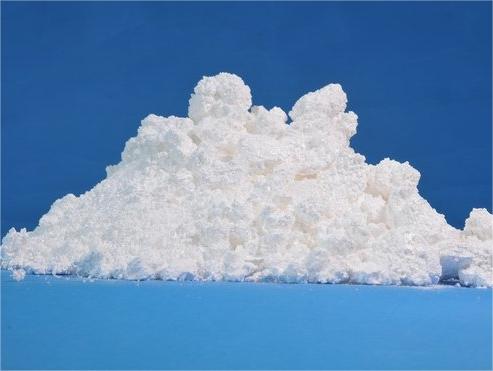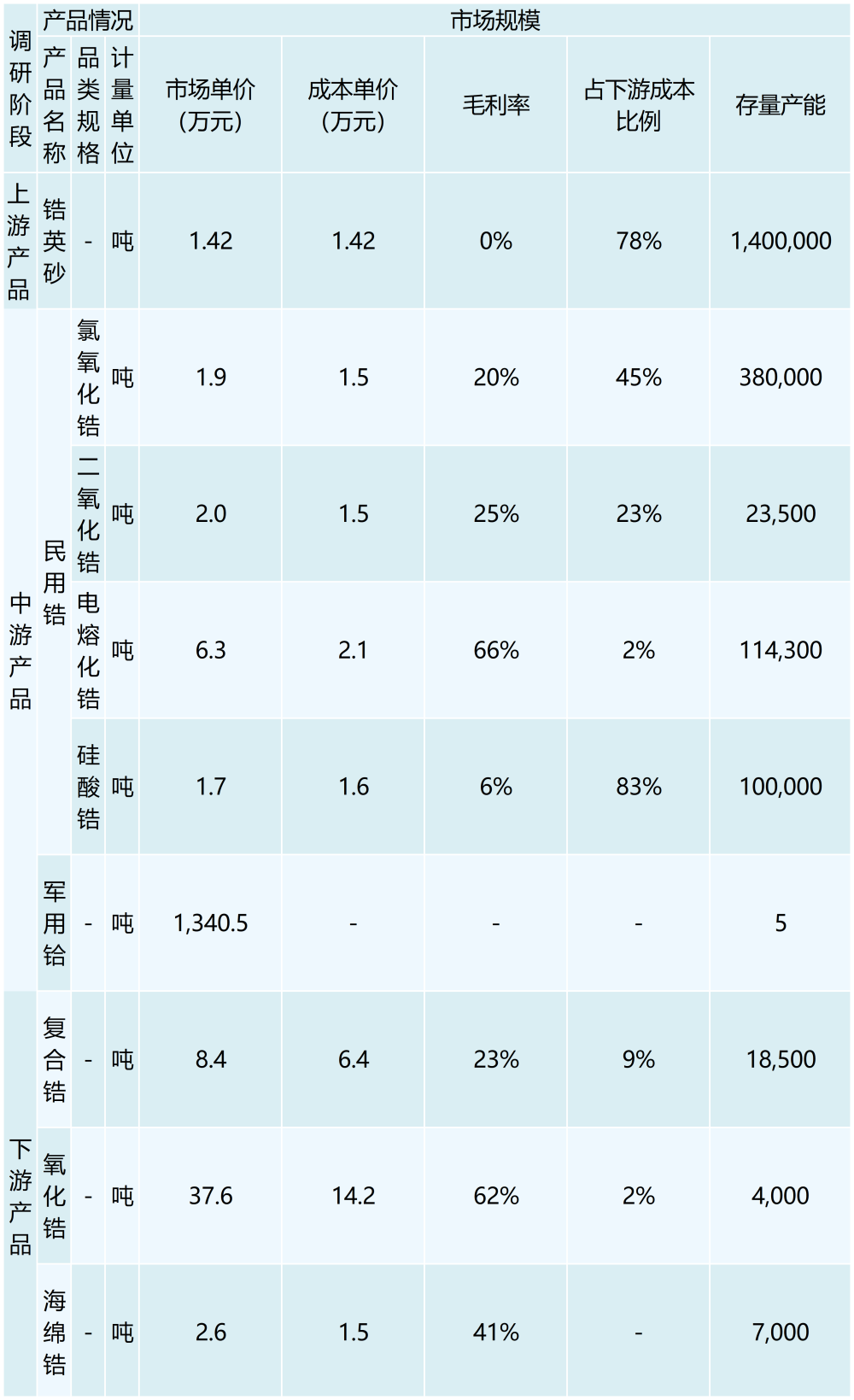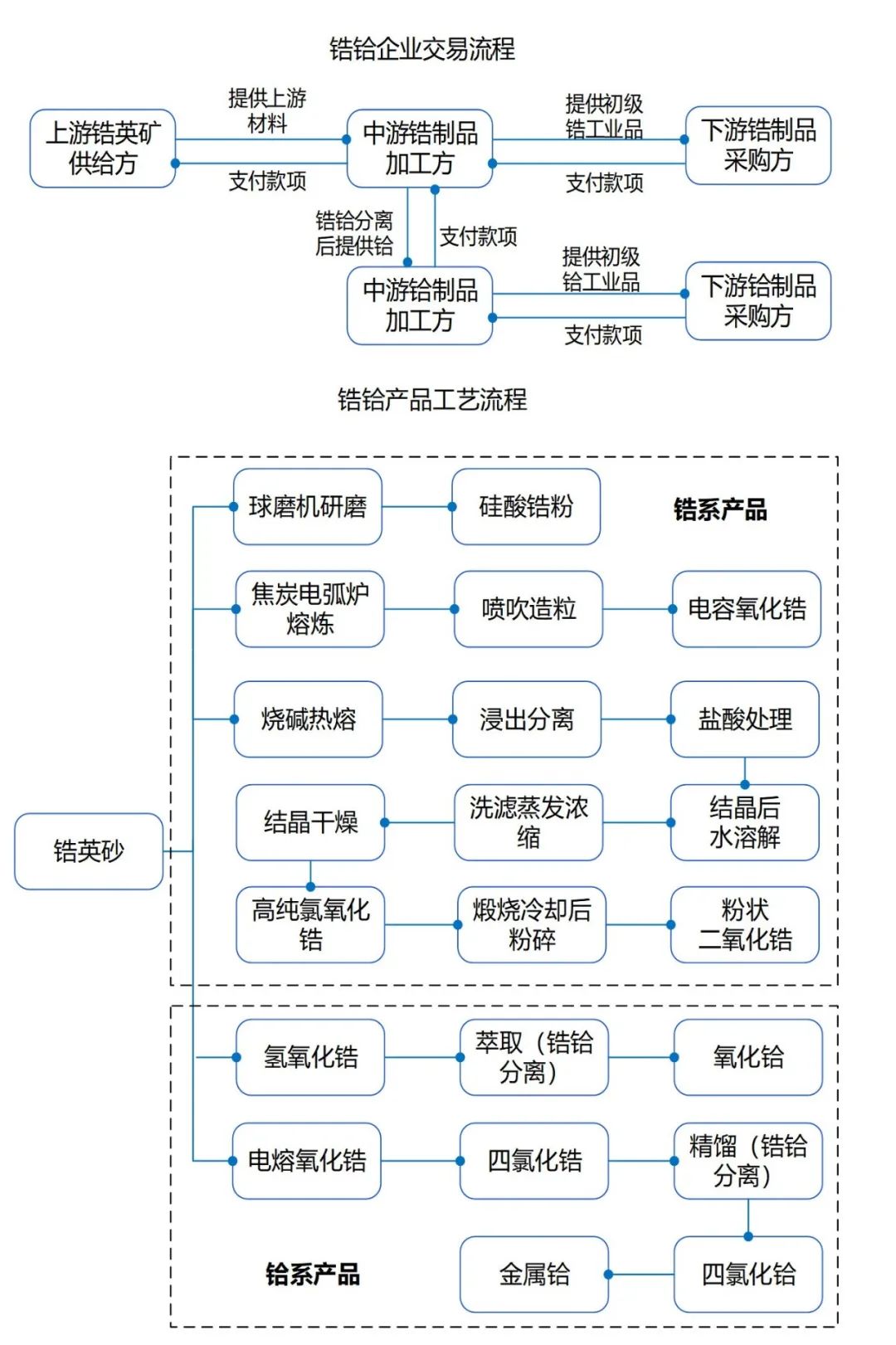
Hafnium (Hf) is number 72 on the periodic table and is often associated with zirconium (Zr) in nature. Hafnium and zirconium are chemically very similar, and smelting separation is very difficult. Hafnium-zirconium separation is the key to the preparation of nuclear-grade hafnium, nuclear-grade zirconium and high-purity hafnium products, is a world-class problem. Only three countries can industrially produce and manufacture high-purity hafnium: China, the United States and France. Currently, the only foreign companies that can mass produce hafnium are AREVA (France) and Wachovia (U.S.), and Europe and the U.S. strictly restrict the export of hafnium technology and hafnium-related products. Hafnium content is about 0.5 to 2.0% of zirconium, and reserves are comparable to germanium, uranium and beryllium. According to the U.S. Geological Survey data, the global zirconium reserves to be distributed in Australia and South Africa region, the reserves in 2020 accounted for 67.56% and 10.6%, respectively, and our country only accounted for 0.79%. 2020 zircon sand production equivalent to 1.3 million tons of concentrates, of which 480,000 tons of Australia's production, production accounted for 35.82%; South Africa's production of 320,000 tons, accounting for a total supply of 23.88%; China produces 140,000 tons, accounting for 10.45%. Hafnium metal can be used as a control material in the control rods and protection devices of atomic reactors, and the chemical derivatives of hafnium can be mainly applied in aerospace, defense and military industries. Chemical derivatives of zirconium can be applied to ceramic products, glaze and high-temperature refractory materials.


